The world’s premier ecotourism destination, this tiny country packs a deep punch. Marvel at imposing volcanoes and spot sloths and monkeys in the midst of lush primary rainforests, some of the most biodiverse on the planet. Sample world-renowned Costa Rican coffee and browse handmade artisanal wares. If you’re up for the adventure, zipline through pristine cloud forests and raft down rushing rivers.
Relax, surf, or snorkel on uncrowded, postcard-worthy beaches. And if you really want to, do it all in one day. This diverse, pleasantly accessible and friendly country with its “Pura Vida” vibe is consistently hailed as one of the happiest in the world. After just a few days here, you’ll know exactly why.
Costa Rica’s high season is from December through April, which coincides with what is in general its dry season. The dry season lasts longer in the North Pacific than in the rest of the country, and it also gets hotter - often above 30°C.
The country’s coasts are hot all year, while it’s much cooler in the central mountains, especially at night.
The rainy season is from May to November, though there’s often less rain in June and July. Mornings are generally sunny and the rain starts in the afternoon. The consistent rain can make remote, dirt roads impassable.
Tourists headed to the Caribbean coast can count on rain year-round, though it lets up a bit in September and October. Visitors coming for the surf generally want to come during the low season, when great swells arrive from August to October.
Low Season
August — October
Average temperature
80-64 °F
27–18 °C
Average number of rainy days 24-27
Shoulder Season
May — June, November
Average temperature
80-64 °F
27–18 °C
Average number of rainy days 19–23
High Season
December — April
Average temperature
84-64 °F
29–18 °C
Average number of rainy days 3–9
Average temperature
Average number of rainy days
The following links are affiliate links to Amazon.com or other local Amazon web stores - it depends on your location. The listed prices of all items are the US Amazon store prices at the time of publishing. If you are visiting us from outside the USA and there is an analogous item in your local Amazon web store, you'll be redirected there automatically. We do our best to keep all prices and descriptions up to date, but if you find any errors or inaccuracies, don't hesitate to contact us using our feedback page!
Recommended Travel Guides7
City walking11 items
Though most tourists fly into Costa Rica’s capital, San Jose, most don’t stay there for long. However, it is the place to go if you’d like to try authentic Costa Rican street food, see the country’s largest museums, and browse an impressive collection of souvenirs at the centrally-located artisan market.
To admire the architecture and stroll through more picturesque streets, most people prefer to head to smaller cities and even towns. One popular one is Cartago, known for its churches as well as several nearby volcanoes, and another is Zarcero, known for its main square with hedges trimmed into creative shapes. As the sun can be brutal throughout this small Central American country, sunscreen is highly recommended.
-
Good daypack
-
Sunglasses
-
Face sunblock
-
Body sunblock
-
Hats
-
Camera (portraits and city views)
-
Portable battery charger (for your phone and camera)
-
Facial cleansing wipes
-
Baby powder (good for absorbing sweat in your face and neck)
-
Hand wipes
-
Travel umbrella
Beaching9 items
Costa Rica is known for some of the best beaches in its hemisphere. It has a huge variety of beaches on both its Pacific and Caribbean coasts, ranging from pure white sand to striking black sand beaches. Partiers will want to head to Jaco and Quepos on the Pacific Coast as well as the Caribbean’s Puerto Viejo with its unmistakable rasta vibe.
Those looking for a more tranquil time should check out Guanacaste province and the North Pacific beaches, like beautiful Samara. Wildlife lovers can see whales in Uvita and Dominical, turtles in Tortuguero and sloths dangling from the palm trees lining the white and black sand beaches near Cahuita. The country’s most visited national park, Manuel Antonio, is a fantastic slice of rainforest on the Pacific coast which features its own popular and scenic beaches - some crowded, some not.
Regardless of where you are in the country and when you go, there’s almost always beach weather for at least part of the day. To protect yourself from the biting Central American sun, be sure to bring sunscreen and a hat!
-
Body sunblock
-
Face sunblock
-
Sun oil
-
After sun care
-
Moisturizing spray
-
Sunglasses
-
Hats
-
Hand wipes
-
UV protection shirts
 O'Neill UV Sun Protection Men's Basic Skins Long Sleeve Crew Rashguard$24.14
O'Neill UV Sun Protection Men's Basic Skins Long Sleeve Crew Rashguard$24.14 O'Neill UV Sun Protection Men's Basic Skins Tee Rashguard$24.95
O'Neill UV Sun Protection Men's Basic Skins Tee Rashguard$24.95 O'Neill UV Sun Protection Women's Basic Skins Long-Sleeve Rashguard Top$17.96
O'Neill UV Sun Protection Women's Basic Skins Long-Sleeve Rashguard Top$17.96 O'Neill UV Sun Protection Women's Basic Skins Short-Sleeve Crew Rashguard Top$17.99
O'Neill UV Sun Protection Women's Basic Skins Short-Sleeve Crew Rashguard Top$17.99 Speedo Kid's UV Long Sleeve Sun Shirt$18.95
Speedo Kid's UV Long Sleeve Sun Shirt$18.95
Snorkeling6 items
Though it’s not as famous for snorkeling as places like Thailand and Indonesia, Costa Rica’s underwater flora and fauna can be almost as impressive as its land-bound biodiversity. Sometimes hailed as Costa Rica’s most beautiful beach, Samara is a snorkeling hot spot in the North Pacific alongside the Gulf of Papagayo.
Further down on the Pacific coast lies Montezuma, another great snorkeling spot. The Caribbean coast boasts Manzanillo, considered the best snorkeling in the country, as well as Cahuita.
If islands are taken into consideration, Isla del Cano takes the cake for snorkeling as well as diving. While visitors can snorkel year-round the best months are generally considered to be September and October.
-
Snorkeling set: fins, mask, tube
-
UV protection shirts
 O'Neill UV Sun Protection Men's Basic Skins Long Sleeve Crew Rashguard$24.14
O'Neill UV Sun Protection Men's Basic Skins Long Sleeve Crew Rashguard$24.14 O'Neill UV Sun Protection Men's Basic Skins Tee Rashguard$24.95
O'Neill UV Sun Protection Men's Basic Skins Tee Rashguard$24.95 O'Neill UV Sun Protection Women's Basic Skins Long-Sleeve Rashguard Top$17.96
O'Neill UV Sun Protection Women's Basic Skins Long-Sleeve Rashguard Top$17.96 O'Neill UV Sun Protection Women's Basic Skins Short-Sleeve Crew Rashguard Top$17.99
O'Neill UV Sun Protection Women's Basic Skins Short-Sleeve Crew Rashguard Top$17.99 Speedo Kid's UV Long Sleeve Sun Shirt$18.95
Speedo Kid's UV Long Sleeve Sun Shirt$18.95 -
GoPro camera
-
GoPro LCD display
-
Hand buoy
-
Anti fog pads
Scuba diving7 item
The best places to dive in Costa Rica are undoubtedly its offshore islands. Isla del Coco, one of the world’s largest uninhabited islands off the Costa Rican Pacific coast, has been called one of the best spots in the world for divers. However, since this veritable underwater paradise is 300 miles offshore, it’s necessary to arrange a tour and a long boat trip (or ride by sea-plane from the Osa Peninsula) to see its sailfish, whales, and over 25 endemic fish. Since so much money and time goes into making it to these islands, it’s generally a site for divers who already possess their certification.
It’s easier to stick closer to shore, where another island off of the Osa Peninsula’s Drake Bay, Isla del Cano, is also renowned for its scuba opportunities and features larger marine life like rays and eels. There are also two great spots in the northwest: the Catalina Islands in Guanacaste, where divers can enjoy underwater caves, and the Bat Islands (or Islas Murcielago) which is known for its sharks and rays.
There are dive operators which are either located at all of these places or run tours there. However, equipment rental in Costa Rica can be a bit pricey, and it’s always best to have your own.
-
Diving wetsuit
-
Snorkeling set: fins, mask, tube
-
GoPro camera
-
GoPro LCD display
-
Red filter (essential for deep blue water)
-
Hand buoy
-
Anti fog pads
Jungle trekking24 items
Costa Rica is one of the most biodiverse places on the planet. While it has a number of national parks worthy of visiting, the best and most intense treks cover two distinct ecosystems - the incredibly lush rainforests which reach their wildest on the remote, underdeveloped Osa Peninsula, and the stunning, wet cloud forests covering the mountains near Monteverde. Corcovado National Park on the Osa Peninsula, known for being one of the world’s few biodiversity hotspots, and the Monteverde Cloud Forest Reserve, known for 90% of the reserve being virgin forest, are two top-notch destinations for trekking through Costa Rica’s best forests.
For those who aren’t so into trekking, Costa Rica offers another popular way to see its top landscapes: ziplining. Many private reserves and even some hotels have ziplining, and it’s a quick, adrenaline-filled way to spend a little bit of time deep in the forest. Both Corcovado and Monteverde are favorite ziplining destinations, as well as Montezuma and Arenal Volcano.
While the reserve at Monteverde is more conducive to day hikes, it’s best to hire a guide to get the most out of it. The same goes for Corcovado, where tourists generally prefer to camp and do more intense, multi-day treks. With the fog and humidity of the cloud forest and the sheer number of river crossings in most Corcovado treks, it’s important to bring items that are waterproof or dry quickly.
Additionally, don’t forget that the rainforest is a huge ecosystem and every creature, even if it’s very tiny, can protect itself well! For example, leeches are not something you’d want to mess with. While leeches are not the absolute worst experience you could have, they’re still highly unpleasant.
Also, your typical hiking boots are not the best option in the tropical rainforest due its very high humidity. Since normal hiking boots are made of leather, some organisms could find them attractive and move in there. If this happens, then after only a few days of trekking, you’ll basically need to throw them away. When I was preparing for my first jungle experience, I searched far and wide to find the type of boots which would be the best for me. Then, I recalled that the US army had created jungle boots specifically for its soldiers when there was a war in Vietnam. I googled this and ended up buying a pair of these boots. After I did few treks in them, I realized that I had made a very smart choice. The boots are made with an artificial fabric and materials which get dry much quicker than normal hiking boots (which is ideal, considering humidity). They also have very good ankle support and they are tall, so you can wear your leech socks and you won’t be afraid of getting bitten. But of course, light trekking boots with synthetic material would be also a good option, especially if the trek is short.
Other items mentioned below are also musts for jungle trekking. Garbage bags, for example, could be very useful when you have a boat ride somewhere in the depths of the jungle, or if you go during the rainy season. If you put all your bags in separate garbage bags and seal them with a sealing tape, it keeps them from getting wet if it’s raining. I usually use 2-3 garbage bags for each of my bags - a solution which costs much less than a raincover for your bags. Additionally, considering how heavy the rain in the jungles can be, a raincover won’t really help you at all!
-
Good daypack
-
Waterproof bag (might be even better option for rainy season)
-
Anti leech socks (extremely important for rainy season)
-
Jungle boots
-
Light hiking boots
-
Long hiking pants
-
Jungle rain poncho
-
Waterproof bags for camera and documents
-
Good binocular
-
Whistle
-
Torch and headlamp
-
Extra torch batteries
-
Lighter
-
Jungle knife
-
Sealing tape
-
Plastic bags
-
Rope
-
Adjustment to vertical peeing for girls
-
GoPro camera
-
Insect head hat
-
High DEET insect repellent
-
Antiseptic wipes
-
Universal injury relief ointment
-
Waterproof bandage
Mount hiking21 items
Part of the Pacific Ring of Fire, it’s unsurprising that Costa Rica has some incredible volcanoes. If you want a very short, accessible walk and don’t want to go too much out of your way just to see a volcano, Volcan Poas is a great option. It’s just outside the capital, and you drive up much of the volcano, park your car, and only need to walk a little bit before you find yourself staring right into the sulfur-smelling caldera. There are also options to hike around the caldera for those who want an incredibly picturesque hike. It wouldn’t be too intense, but the altitude makes it necessary for you to be physically fit.
A more imposing giant is Volcan Arenal, which up until somewhat recently experienced little eruptions on a somewhat regular basis. While it appears to have gone dormant for now, Arenal offers hikes around the base of the volcano as well as what is labeled as a very challenging hike to a nearby dormant volcano, Cerro Chato. Arenal is also known for its luscious hot springs, and all around the base of the volcano there are public “aguas termales” as well as ones at luxurious hotels. Be sure to bring your bathing suit so that you can relax your muscles in healing mineral waters after the hike!
Near the Tenorio Volcano lies a stunning turquoise blue river famous in the country, Rio Celeste. Full-day hikes are offered to see these incredible sites, but they are considered too challenging for the inexperienced hiker. Rincon de la Vieja National Park also offers several options for hikers of all levels to see the largest volcano in the Guanacaste Province as well as several neat waterfalls.
Many hikers also like to summit the country’s highest mountain, Cerro Chirripo. While the hike itself is not excessively challenging, you need to break through a bit of bureaucracy in order to get a permit to enter Chirripo National Park. If you’re willing to get up in the middle of the night to finish the hike, it’s possible to watch the sun rise over the Atlantic Ocean after spending the night partway up the mountain at a biological research station. However, this hike necessitates a headlamp and plenty of warm clothes. This mountain is so high that frost is common, and the research station is notoriously unheated. Though it’s hard work, it is worthwhile to stand atop the king of the Talamanca Mountains and, on a clear day, see the Atlantic, Pacific, and Panama.
-
Good daypack
-
Good hiking boots
-
Jungle boots
-
Long hiking pants
-
Long sleeve shirt
-
Trekking socks
-
Jungle rain poncho
-
Torch and headlamp
-
Extra torch batteries
-
Softshell jacket
-
Anti leech socks (if rain season)
-
Face sunblock
-
Antiseptic wipes
-
Waterproof bandage
-
Lighter
-
Knife
-
Good binocular
-
Travel towel
-
Swimsuit
-
Light sleeping bag
-
First aid kit
Pack all the essentials and extra items you might need as in the jungle you cannot get any help, so it’s extremely important to be prepared.
Surfing10 items
Costa Rica is a surfer’s paradise, especially when the bigger swells come in from August to October. Surf is more consistent on the Pacific side, though there are a variety of surfing beaches along both coasts, and in reality you can surf at many of the country’s most popular beaches.
Surf camps are a popular form of tourism, especially throughout the Pacific Coast. The best beaches for beginners are Jaco and Tamarindo, as they’ve got a wide selection of schools and the waves aren’t too rough. Montezuma and some other slightly smaller towns, Samara and Nosara, are also growing as beginner surf destinations.
While surfers do flock to other beaches, the reefs in Puerto Viejo and the strong currents in Dominical are best left to those who are more advanced.
-
UV protection shirts
 O'Neill UV Sun Protection Men's Basic Skins Long Sleeve Crew Rashguard$24.14
O'Neill UV Sun Protection Men's Basic Skins Long Sleeve Crew Rashguard$24.14 O'Neill UV Sun Protection Men's Basic Skins Tee Rashguard$24.95
O'Neill UV Sun Protection Men's Basic Skins Tee Rashguard$24.95 O'Neill UV Sun Protection Women's Basic Skins Long-Sleeve Rashguard Top$17.96
O'Neill UV Sun Protection Women's Basic Skins Long-Sleeve Rashguard Top$17.96 O'Neill UV Sun Protection Women's Basic Skins Short-Sleeve Crew Rashguard Top$17.99
O'Neill UV Sun Protection Women's Basic Skins Short-Sleeve Crew Rashguard Top$17.99 -
Face sunblock
-
Body sunblock
-
Waterproof bandage
-
Antiseptic wipes (if you have some small wounds, scratches)
-
Universal injury relief ointment
-
After sun care
-
Quadcopter with camera
-
GoPro camera
-
Quadcopter for GoPro
Meeting locals3 items
Costa Rica is not known for its indigenous communities, and many people think they don’t even exist anymore. That couldn’t be less true! While they are small in numbers, there are several traditional communities worth visiting. Whether it is the distinctive Cabecares on the Southern Atlantic Coast, the Borucas on the Pacific known for their handicrafts, the Bribri on the slopes of the Talamanca Mountains, the Maleku near Arenal or the Ngobe people living in the wild Osa Peninsula, a peek into the lives of these communities in an unforgettable experience.
There will be lots of kids, so it’s always nice to have small presents for them as well as for the adults, to forge a friendly connection. This is especially true if you are staying for more than a few hours. Don’t forget to wear proper clothing (long sleeve shirts are better than tanks) to show respect to the people. If you stay overnight, it might be a good idea to bring some food and drinks, like alcohol and cigarettes; regarding this issue, you should consult with your guide before you go.
Another popular tourist activity is visiting farms, particularly coffee and chocolate farms. While Costa Rica doesn’t grow much cacao for export anymore, the history of chocolate began in the tropical climates of Central America, and there are several locations which grow cacao trees and show visitors the entire process of turning the cacao fruit seeds into delicious chocolate. Another indulgence, coffee, is a Costa Rican export and tours of coffee farms are popular as well. It’s amazing to see these beautiful plants sprawled across the hillsides, and while some of the coffee is shade-grown, the sun still beats down on much of it, making sunscreen a necessity on these excursions.
-
Good camera (portraits, object, landscapes)
-
"Polaroid"-type camera
Polaroid-type camera makes immediate pictures to present them as well. This camera is small, relatively cheap and allows you to produce photos immediately. One of the greatest options is by Fuji, as they recently issued a very good Instax model for shooting and getting images immediately.
-
Small presents
Vaсcination6 items
Make sure you are up-to-date on routine vaccines before every trip. These vaccines include the measles-mumps-rubella (MMR) vaccine, diphtheria-tetanus-pertussis vaccine, varicella (chickenpox) vaccine, polio vaccine, and your yearly flu shot. The following vaccination recommendations are taken from the Centers for Disease Control and Prevention (CDC) webpage.
Hepatitis A
Typhoid
Hepatitis B
Malaria
Rabies
Yellow fever
First Aid Kit6 items
Of course, Costa Rica is a country where you can have some qualified help. However, in some remote areas it will take a while to get proper treatment. Sometimes, not you but some of your traveling buddies might need help. Make sure you have something in advance against the following symptoms:
Wounds, traumas, cuts
Gastro problems like poisoning or heartburn
Allergic reactions on sun burn, bites of insects, unusual food
Fever and cold
Motion sickness
Strong painkillers
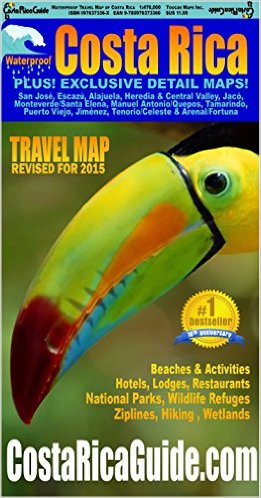
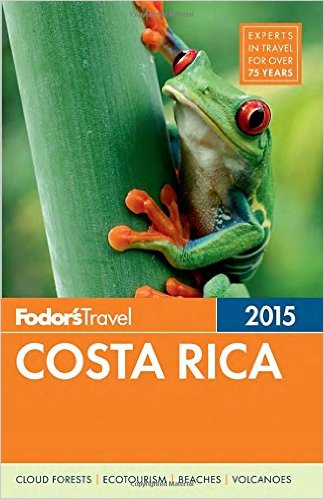
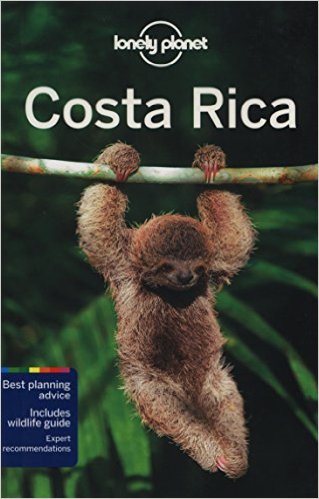
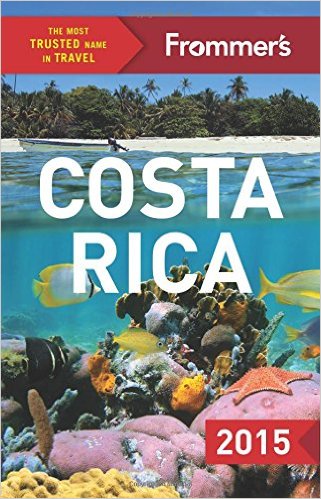
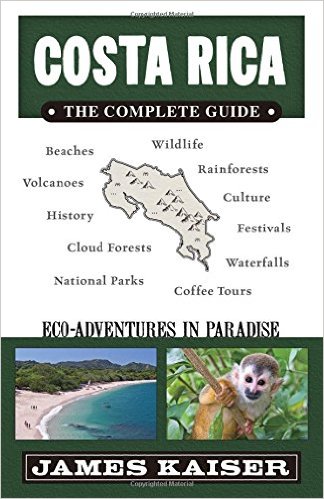
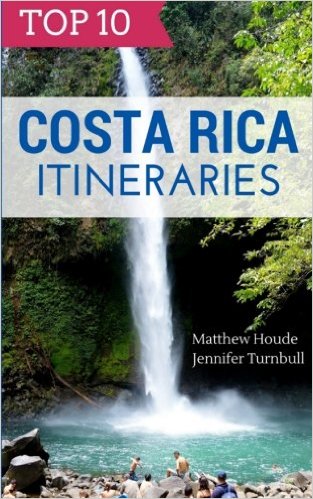
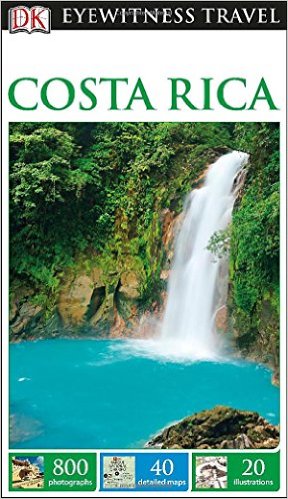
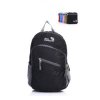


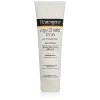
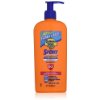










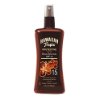
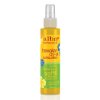
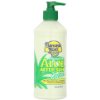
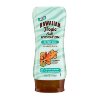
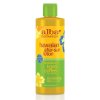
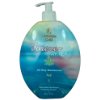
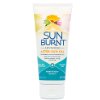


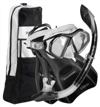
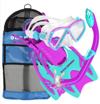
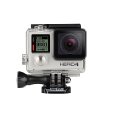

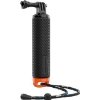

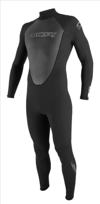
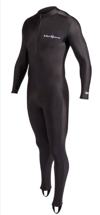
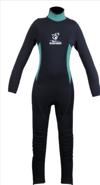

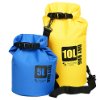





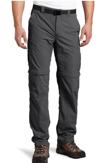

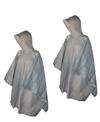


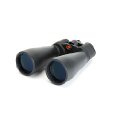

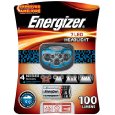



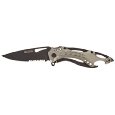
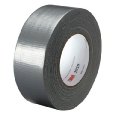
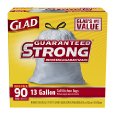






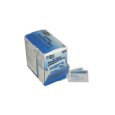

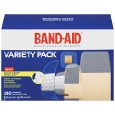







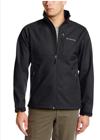


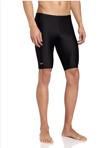



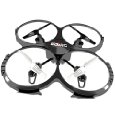

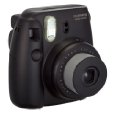







Like this packing list
Like VacayKit